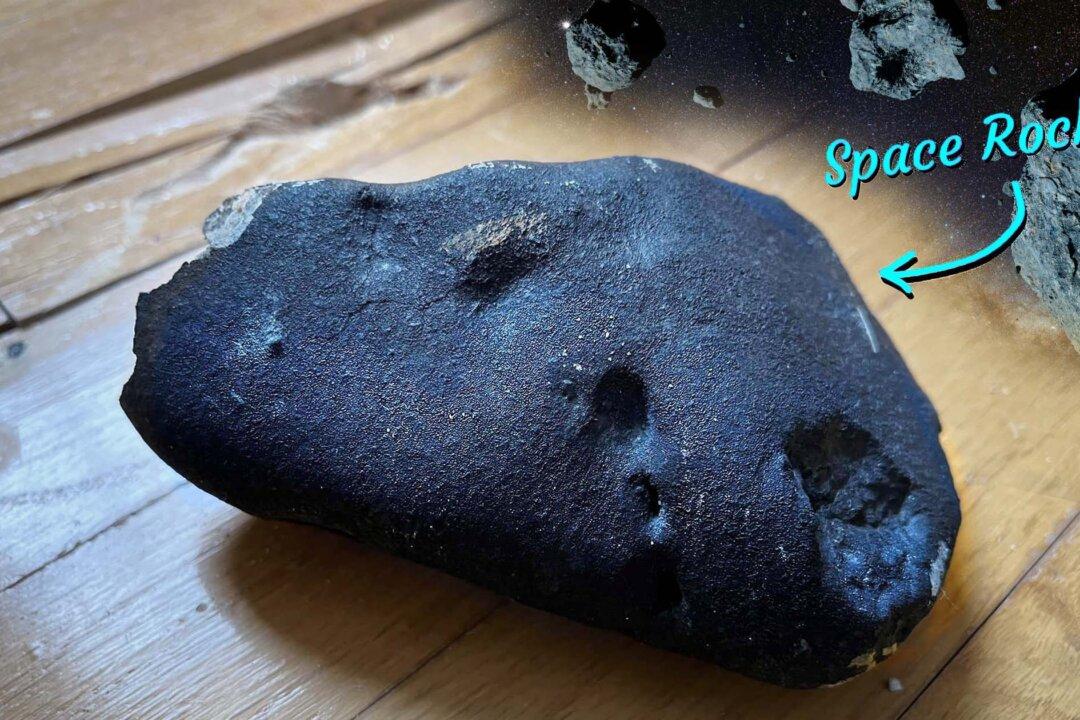The ancient space traveler landed in her house, of all places!
While it’s not unusual to see meteors shooting through the night sky, particularly around this time of year, to have one land in one’s house—as it did for one New Jersey homeowner in May—is astronomically rare.






